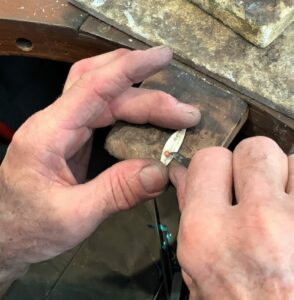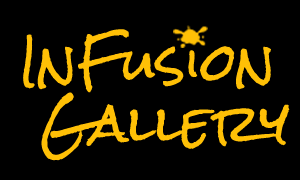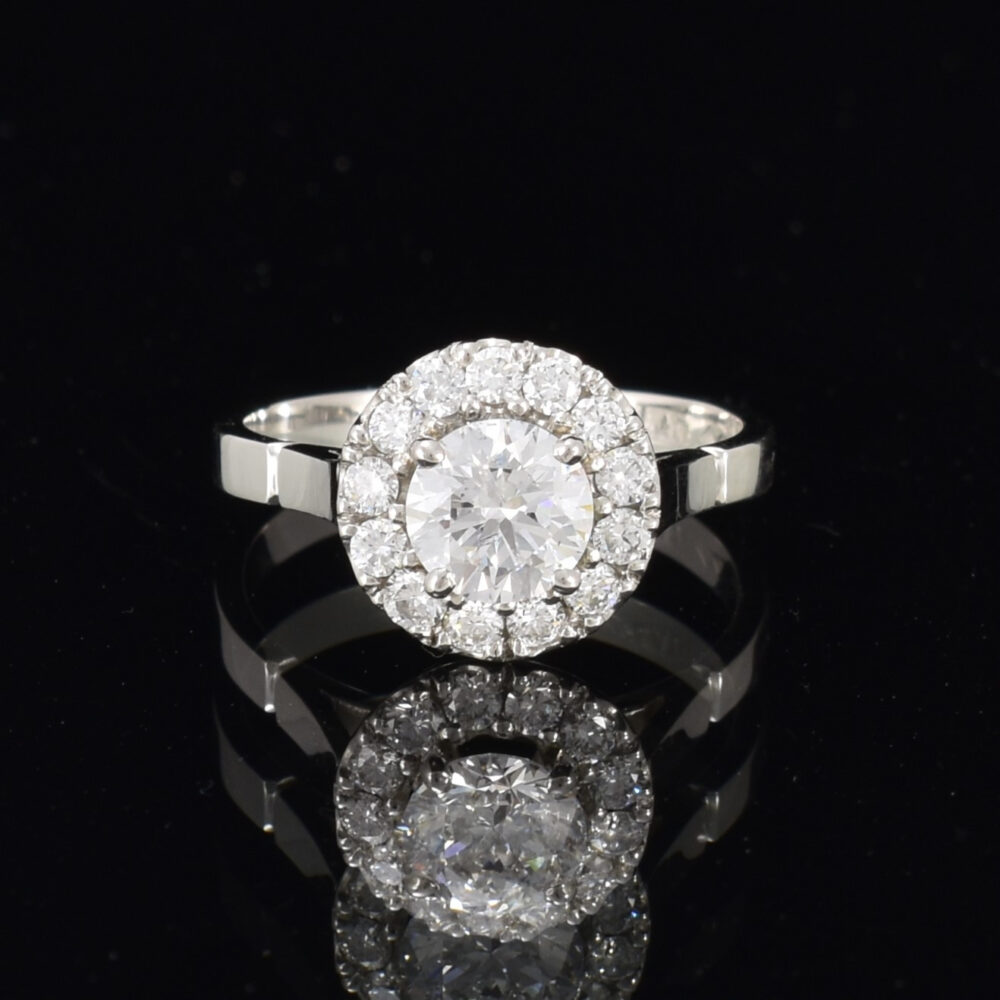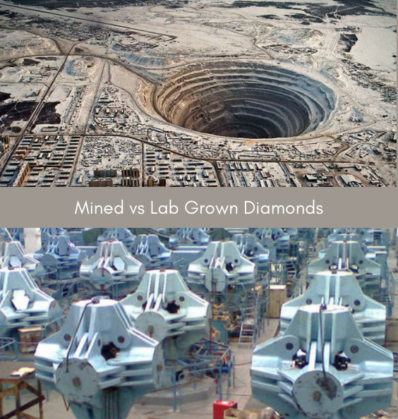
Handmade Jewellery
For a while, it seemed like handmade jewellery was becoming a lost art. The excitement surrounding the use of CAD/CAM (Computer Aided Design and Manufacturing) and other mechanisation left traditional jewellers wondering if they were the last in a trade that has been around for millennia (think bead and seashell necklaces made by Neanderthals 115,000 years ago!).
As it turns out, there’s a renewed interest and appreciation for the incredible skill needed to create those unique pieces.
When Martin started his apprenticeship at 17, little did he know he’d found a life-long passion. He was extremely fortunate to be taught techniques by incredibly talented and knowledgeable goldsmiths who had themselves learned from well-established artisans, some who regrettably took various self-taught techniques to the grave. Those skills and techniques are learned and honed over years and years and are the reason why many feel mechanisation has removed the personal aspect of jewellery making.
When a gold or silversmith starts a new piece of jewellery, he or she visualizes not only the piece but the process to make it. Each piece will be infused with energy, passion and even occasionally blood and some expletives! You’ll also find that in most cases the materials used to make a professional handmade piece are of superior quality and most likely ethically sourced. Why? Because a goldsmith or silversmith relies on the quality of his materials to create his pieces, his reputation and livelihood depend on it!
On the other end of the spectrum, you have mass produced jewellery being made in factories where it’s difficult to regulate the process from start to finish. The quality of the alloys used and if dirty metals are blended in is hard to control. Let’s imagine an 18ct yellow gold engagement ring sold on the high street. It’s likely to be mass produced ie an original wax model was made and sent to a casting company to have hundreds or thousands made. The 18ct guarantees that you get 75% gold but what of the other 25% of metals added to the blend? Casting gold has different alloys added to make it flow more easily and in some cases, this can cause the metal to be brittle and crack over time.
Of course, there are some limitations to what can be produced by hand. A commissioned piece could be too intricate or simply not cost-effective to make by hand. An advantage of CAD is that you can produce a realistic 3D image of a bespoke design allowing a potential customer to review a piece before production. The file can then be used to 3D print a wax model which will be used by an artisan or sent to a casting company.
While I give CAD/CAM it’s due, the more I read and research, I find it to be a somewhat ‘cold’ process. It’s easy to understand how a designer could spend hours behind a screen creating a beautiful piece of jewellery and it’s clear that some basic jewellery making knowledge is required. But at the end of the day, handmade jewellery is an artform. It’s tactile, messy, technical, challenging, sometimes frustrating but most of all, it’s an amazing process that requires remarkable skill and it should be appreciated for the incredible art that it is.




